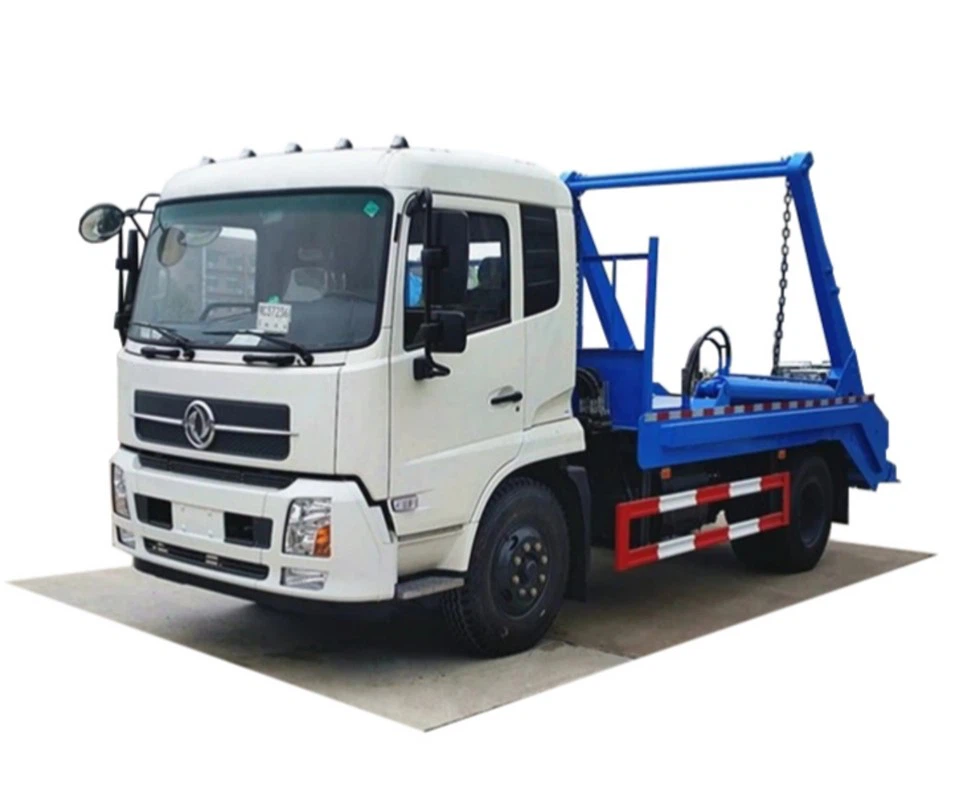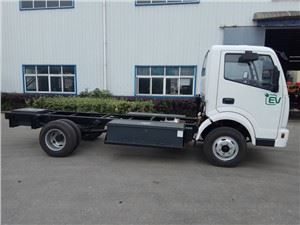Tanker Truck Capacity: A Comprehensive Guide

Introduction
Tanker trucks are a vital component in the transportation of liquids, whether they are fuels, chemicals, or food products. Understanding the capacity of these trucks is paramount for businesses and industries relying on their transport services. This article delves into everything you need to know about tanker truck capacity, including types, capacities, factors affecting capacity, and practical tips for effectively utilizing these vehicles.
What Is a Tanker Truck?
A tanker truck, often called a tank truck or tank vehicle, is designed to carry liquid or gas materials. They come in various sizes and configurations based on their intended use, from transporting petroleum and chemicals to food-grade liquids like milk. Knowing the capacity of a tanker truck can help logistics companies efficiently plan their routes and maximize their operations.
Types of Tanker Trucks
1. Fuel Tankers
Fuel tankers are specialized for transporting petroleum products such as gasoline, diesel, and jet fuel. They typically have a high capacity, often ranging from 5,000 to 11,600 gallons.
2. Chemical Tankers
Chemical tankers are designed to transport hazardous and non-hazardous chemicals. These come with additional safety features and capacities that can vary widely based on the chemical being transported.
3. Food-Grade Tankers
Food-grade tankers are built specifically for transporting consumable liquids such as milk, juice, and other food products. These tanks must meet stringent health regulations.
4. Vacuum Tankers
Vacuum tankers are used for transporting sewage and waste materials. They utilize a vacuum system to load and unload materials efficiently.
Tanker Truck Capacity Overview
Tanker truck capacity can vary significantly between different types of trucks and their intended use. Here’s an overview of some typical capacities:
| Type of Tanker Truck | Typical Capacity (Gallons) |
|---|---|
| Fuel Tanker | 5,000 – 11,600 |
| Chemical Tanker | 1,500 – 6,000 |
| Food-Grade Tanker | 5,000 – 7,000 |
| Vacuum Tanker | 1,200 – 3,000 |
Factors Affecting Tanker Truck Capacity
1. Size and Design
The physical dimensions and design of a tanker truck greatly influence its capacity. Longer, wider, and taller tanks typically hold more liquid.
2. Type of Liquid
Different liquids have varying densities and weights. For example, transporting water will yield a different effective capacity than transporting gasoline due to the weight restrictions on roads.
3. Regulations and Compliance
Local and federal regulations can impose weight limits and safety measures that affect how much cargo can be carried. It is crucial for operators to be informed about these regulations.
4. Truck Type
Some tank trucks are built for specific purposes. For instance, a fuel tanker is optimized for high capacity, while a vacuum tanker might have a smaller capacity due to its design and usage.
Common Applications of Tanker Trucks
1. Fuel Transportation
Tanker trucks are essential for transporting fuel from refineries to distribution centers and gas stations, ensuring a steady supply for consumers.

2. Chemical Distribution
Industries rely on tanker trucks to move chemicals safely and efficiently between manufacturing plants, storage facilities, and retailers.
3. Food Transportation
Food-grade tankers ensure fresh food products are transported while maintaining strict hygiene standards, facilitating the food supply chain.
4. Waste Management
Vacuum tankers play a critical role in municipal waste management, as they transport sewage and waste to treatment facilities.
Understanding Payload and Weight Limits
When calculating the capacity and load of a tanker truck, one must consider both the payload of the liquid and the truck’s total weight. The combined weight must comply with legal weight limits imposed by transportation authorities.
Calculating Payload
To calculate the payload capacity, you can use the following formula:
Payload Capacity = Total Capacity – Tank Truck’s Tare Weight
Example
If a fuel tanker has a total capacity of 10,000 gallons and a tare weight of 5,000 pounds, you would first need to convert the gallons to weight (1 gallon of gasoline weighs approximately 6.3 lbs).
So, 10,000 gallons = 63,000 lbs.
Then, the payload capacity would be:
Payload Capacity = 63,000 lbs – 5,000 lbs (tare weight) = 58,000 lbs
Best Practices for Using Tanker Trucks
1. Proper Maintenance
Regular maintenance of tankers ensures safety and efficiency. Operators should check for leaks, corrosion, and any structural issues that may affect performance.
2. Efficient Loading and Unloading
Utilize proper loading techniques to maximize capacity without exceeding weight limits. Implementing gravity-fed loading and proper hose connections can enhance efficiency.

3. Driver Training
Investing in training for drivers on how to handle tanker trucks effectively can minimize accidents and enhance safety on the road.
4. Use of Technology
Implementing GPS and load monitoring systems can help track the capacity and ensure efficient routes are taken for fuel or liquid transport.
Environmental Considerations
1. Safety Protocols
Adhering to proper safety protocols not only ensures the protection of your workforce but also minimizes environmental hazards in case of spills.
2. Eco-Friendly Practices
Using newer tanker truck models that comply with EPA standards contributes to reducing emissions and your overall environmental footprint.
Cost Implications of Tanker Truck Capacity
Understanding tanker truck capacity can significantly affect operational costs. Larger capacities may reduce the cost per gallon transported, while smaller, specialized tanks may incur higher costs due to more frequent trips.
1. Fuel Efficiency
Transporting larger volumes can lead to better fuel efficiency per gallon transported, thereby lowering operational costs.
2. Maintenance Costs
Smaller tankers may have lower upfront costs but could incur higher overall maintenance costs due to increased trips and wear and tear.
3. Regulatory Costs
Consider costs associated with compliance and permits, which may vary depending on the capacity and type of tanker truck operated.
FAQ Section
1. What is the maximum capacity of a tanker truck?
The maximum capacity of a tanker truck varies by type, with fuel tankers typically holding between 5,000 to 11,600 gallons.
2. How do I know what type of tanker to use?
Choosing the appropriate tanker depends on the liquid being transported, regulatory requirements, and specific industry needs.
3. Are there safety regulations for transporting liquids in tanker trucks?
Yes, there are numerous safety regulations governing the transportation of hazardous and non-hazardous liquids, including weight limits and vehicle design standards.
4. Can I transport multiple types of liquids in one tanker?
Generally no. Mixing different types of liquids, especially hazardous substances, is typically against regulations due to contamination risks.

5. What is tare weight?
Tare weight refers to the weight of the tank when it is empty, excluding the weight of any cargo it may be carrying.
6. How can I optimize the loading of a tanker truck?
Incorporate best loading practices such as proper hose connections, adhering to weight limits, and using gravity for efficient filling to optimize the loading process.
